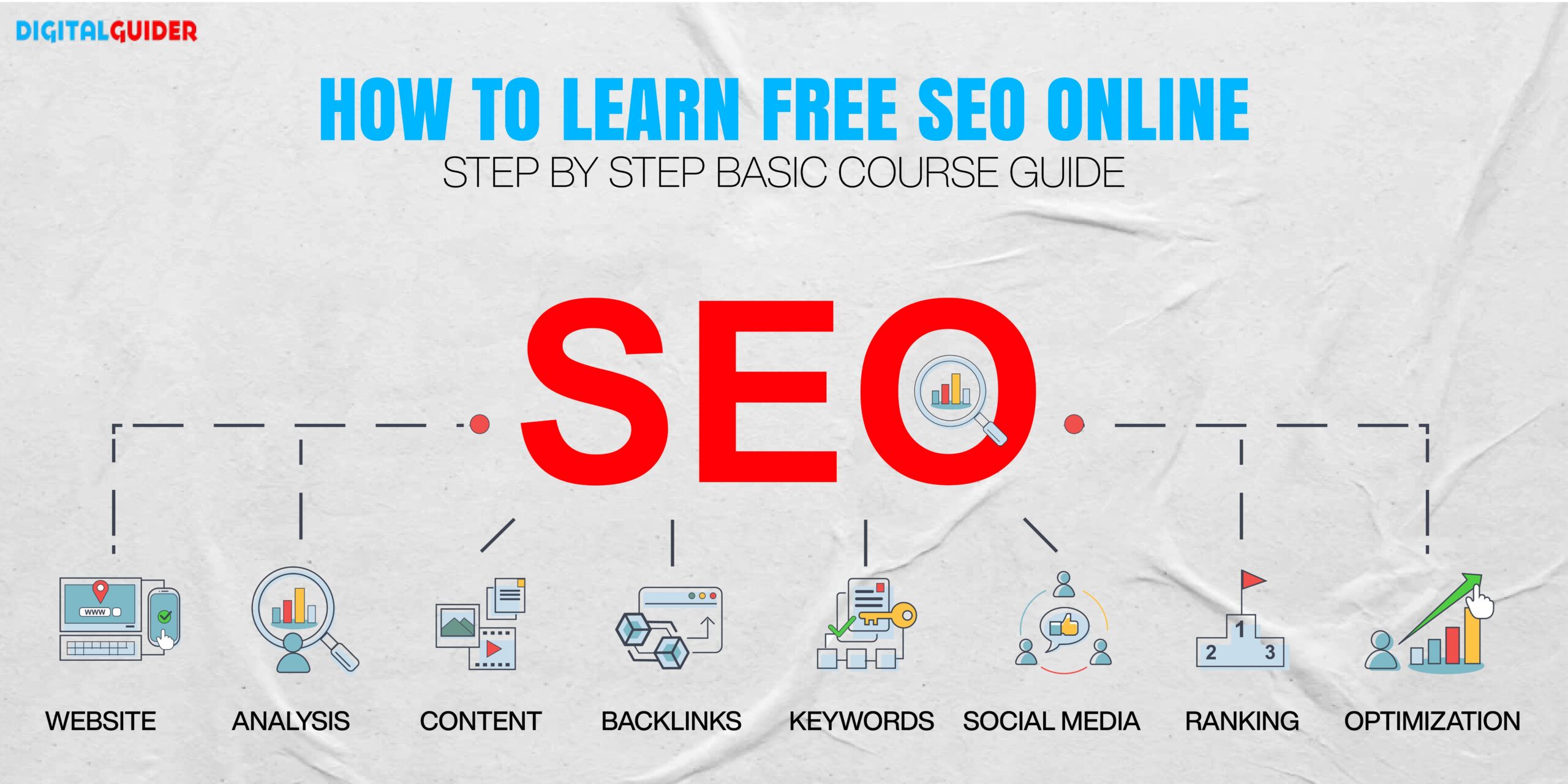In-Depth Evaluation: What Is Not Considered a Default Medium in Google Analytics
In-Depth Evaluation: What Is Not Considered a Default Medium in Google Analytics
Blog Article
Revealing the Unconventional Mediums in Google Analytics Beyond Default Settings
In the realm of digital analytics, Google Analytics stands as a keystone for businesses looking for to understand their on-line existence. By venturing beyond the surface area and delving right into the intricacies of social media information, e-mail campaign performance, reference web traffic sources, straight traffic patterns, and custom channel groupings, a treasure chest of information awaits those prepared to accept a much more nuanced approach.

Leveraging Social Media Site Insights
Occasionally overlooked, yet greatly useful, is the method of leveraging social networks insights within the realm of Google Analytics. By incorporating information from platforms like Facebook, Twitter, Instagram, and LinkedIn right into Google Analytics, organizations can gain a much deeper understanding of their target market and the effectiveness of their social media projects.
Via this integration, marketing experts can analyze and track user habits on their web site that stems from social media platforms. They can determine which social media channels are driving one of the most traffic, which web content is reverberating with the audience, and which campaigns are transforming one of the most leads. This insight allows for data-driven decisions to optimize social media methods and enhance general advertising performance.
Furthermore, by integrating social media understandings with Google Analytics, companies can produce more targeted and individualized projects - what is not considered a default medium in google analytics. They can utilize demographic info, rate of interests, and on the internet behaviors collected from social media sites to fine-tune their audience segmentation and supply tailored messages that reverberate with certain client groups. This targeted approach can cause greater involvement, boosted conversions, and inevitably, improved roi
Revealing Email Campaign Efficiency
Revealing Email Project Efficiency involves examining key metrics and performance indications to assess the efficiency of e-mail advertising efforts. When diving right into email project efficiency, it is critical to assess metrics such as open prices, click-through rates, conversion prices, and unsubscribe prices. Open up prices suggest the percent of receivers that opened up the e-mail, offering insight right into the performance of subject lines and sender names. Click-through rates determine the percentage of receivers that clicked on links within the e-mail, revealing engagement degrees. Conversion rates track the portion of recipients who completed a wanted activity after clicking on a web link in the email, such as signing or making an acquisition up for an e-newsletter. Lastly, unsubscribe rates highlight the variety of recipients who pulled out of obtaining more e-mails, clarifying e-mail content quality and significance. By assessing these metrics, marketers can adjust their e-mail advocate better involvement and performance.
Studying Referral Traffic Sources
After reviewing the efficiency of email projects with vital metrics such as open prices and conversion rates, the following crucial step is examining recommendation website traffic sources in Google Analytics to recognize where site visitors are coming from and exactly how they communicate with the website. Reference web traffic sources describe the sites that direct users to your site via clickable web links. By diving right into this information, services can gain understandings right into which outside platforms are driving website traffic to their website, whether it be social media platforms, companion websites, or online directories.
It helps businesses determine high-performing recommendation sources that add significantly to website traffic and conversions. Google Analytics supplies in-depth reports on reference traffic, allowing organizations to track the efficiency of each recommendation source properly and make data-driven decisions to improve their on-line existence.
Discovering Straight Traffic Patterns
Checking my sources out the direct traffic patterns in Google Analytics gives useful understandings into user habits and the efficiency of projects - what is not considered a default medium in google analytics. Straight web traffic describes site visitors who land on an internet site by straight keying the URL into their browser, making use of bookmarks, or clicking on untagged web links. Recognizing direct website traffic patterns can aid marketing professionals examine the effect of offline advertising initiatives, brand name recognition, and the effectiveness of word-of-mouth recommendations
By diving right into direct web traffic data, businesses can reveal critical information about customer intent and brand name commitment. Assessing the actions of direct site visitors, such as the pages they check out, the moment invested on website, and the conversion rate, can give a much deeper understanding of user engagement and the total performance of the site in converting visitors right into consumers.
Moreover, tracking direct web traffic patterns over time enables organizations to identify fads, seasonality impacts, and the success of specific campaigns or promotions in driving straight brows through. This info can then be made use of to refine advertising techniques, optimize web site material, and boost the overall individual experience to optimize conversions.
Making Use Of Custom-made Network Groupings
Utilizing custom channel groupings in Google Analytics enables businesses to categorize and evaluate their Visit Website web site web traffic based on details requirements, offering useful insights for maximizing marketing techniques. Customized channel groupings allow business to create their own tailored groupings of website traffic resources, such as social networks, organic search, e-mail campaigns, and reference web traffic. By defining these groups, services can gain a much deeper understanding of just how different advertising and marketing channels add to their web site traffic and conversions.
This attribute is especially valuable for companies with diverse marketing approaches throughout numerous systems. A business running both paid and natural social media projects can differentiate between the two to evaluate their individual performance properly. Additionally, custom channel collections can help identify any overlooked or undervalued web traffic sources that might be driving useful involvement.
Conclusion

By venturing past the surface and delving right into the ins and outs of social media information, email campaign efficiency, recommendation traffic sources, direct website traffic patterns, and customized channel collections, a treasure trove of info waits for those prepared to welcome a more nuanced approach. They can determine which social media networks are driving the most traffic, which content is reverberating with the audience, and which campaigns are converting the most leads.After examining the efficiency of email campaigns through key metrics such as open prices and conversion prices, the following important action is evaluating recommendation traffic sources in Google Analytics to comprehend where website site visitors are coming from and how they interact with the website. Custom-made channel groups make it possible for firms to produce their very own tailored groupings of web traffic resources, such as social media, natural search, e-mail campaigns, and referral website traffic. By leveraging social media understandings, uncovering e-mail project efficiency, assessing referral website traffic try this out resources, exploring direct web traffic patterns, and using personalized channel groupings, marketers can acquire beneficial understandings right into their online presence.
Report this page